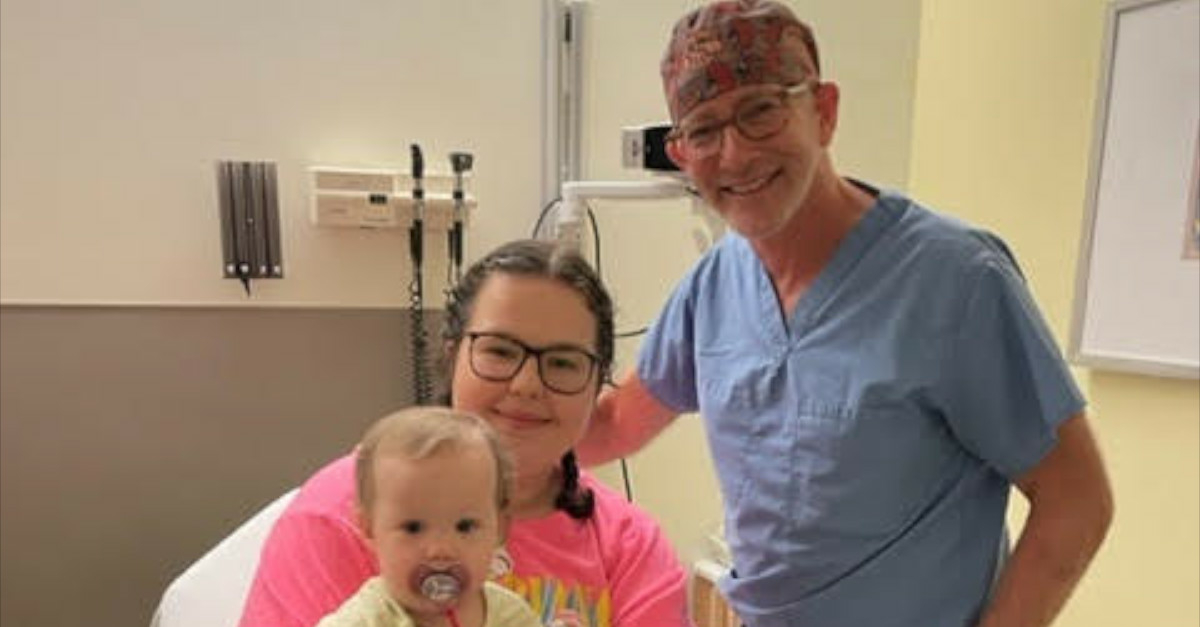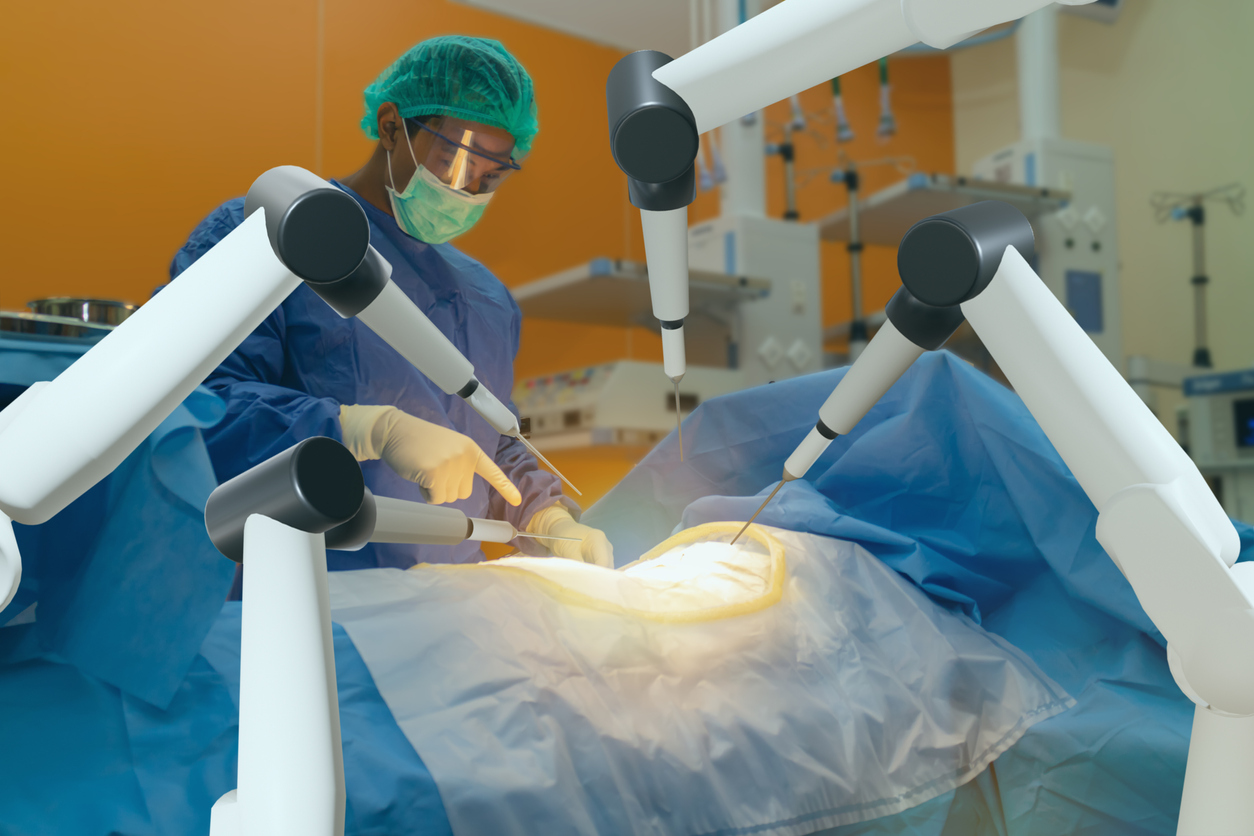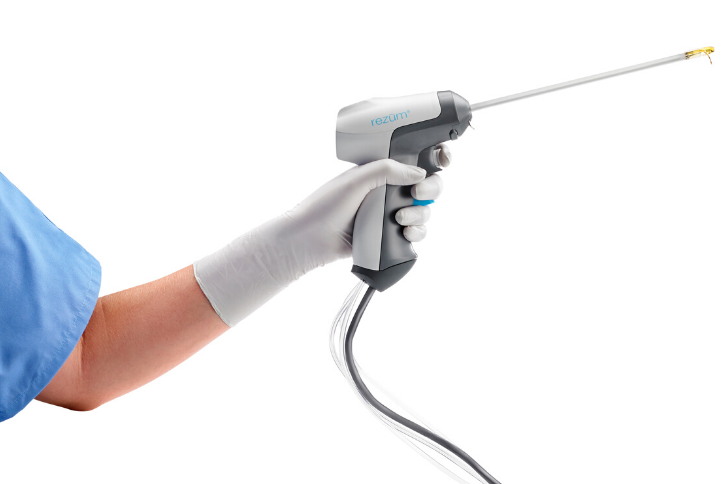Georgia Urology Surgeon Experiences Two Generations of Urinary Reflux Success
When you’re a veteran pediatric urologist like Dr. Andrew Kirsch, Medical Director of Georgia Urology and Chief of Pediatric Urology at Children’s Healthcare of Atlanta, you’ve seen the treatment of urologic conditions change through the years. As for the management of vesicoureteral reflux, also known as urinary reflux, Dr. Kirsch has been at the forefront, making his own game-changing impact.
Dr. Kirsch treats countless children for reflux. However, a recent patient marked a rare occurrence for the seasoned surgeon. While working with a 13-month-old reflux patient, he soon realized he had treated her mother, 24-year-old Marisa Hutchens of Cochran, Georgia, for the same condition more than 20 years earlier. These two specific cases serve as a tangible example of how the management of vesicoureteral reflux continues to evolve.
Typically, urine flows from the kidneys through the ureters down to the bladder. Vesicoureteral reflux is the abnormal flow of urine from the bladder back up the ureters that connect the kidneys to the bladder. When Hutchens was a year old, Dr. Kirsch treated her reflux with an open operation, which included a C-section incision.
“Almost 70% of offspring will have reflux, and about 65% of siblings will have it,” Dr. Kirsch explains. “So, we do see reflux families.”
Fast forward two decades later, and Hutchens’ infant daughter, Millie Jane, experienced a pair of urinary tract infections, which concerned her mother. After months of tests, other treatment, and complications, the child was eventually diagnosed with vesicoureteral reflux. Thankfully, Hutchens was able to get her child in the expert hands of Dr. Kirsch.
Dr. Kirsch treated Millie Jane’s reflux with an injection of Deflux. This gel-like mixture makes it more difficult for urine to flow backward toward the kidney. In fact, Dr. Kirsch developed a specific application of Deflux injection he calls the Double HIT (Hydrodistention Implantation Technique), which has become the most used method worldwide.
He places a small cystoscope instrument within the urethra, which allows Dr. Kirsch the opportunity to visualize the inside of the bladder. Once he identifies the ureters, he places a small needle in the floor of the ureter and injects Deflux until it closes the tunnel of the ureter. He follows this with a second injection, which closes the very opening of the ureter into the bladder.
“When I had my open surgery as a child, my mom said we stayed in the hospital for about a week,” Hutchens says. “My daughter’s Deflux procedure was outpatient. From the time they took her back to surgery and brought her back to me, it was less than an hour and a half. That in itself shows you how far science and medicine have come.”
Once mother and daughter arrived home later that afternoon, Hutchens says she was fascinated to see Millie immediately walking around the house and playing. Other signs, such as her child’s normal demeanor and lack of fever, pointed toward a successful procedure.
While Deflux and Dr. Kirsch’s Double HIT procedure may seem like a far cry from Hutchens’ open surgery, the evolution continues. Dr. Kirsch is now incorporating the use of robotic surgery and endoscopic injection with Deflux to treat vesicoureteral reflux.
“It’s an honor to have had the opportunity to care for both a mother and daughter with the same condition,” Dr. Kirsch explains, “and to see how advancements make such a remarkable difference. And no matter what the future holds for the next generation, I know Georgia Urology will be there with the latest and greatest medical technology.”









